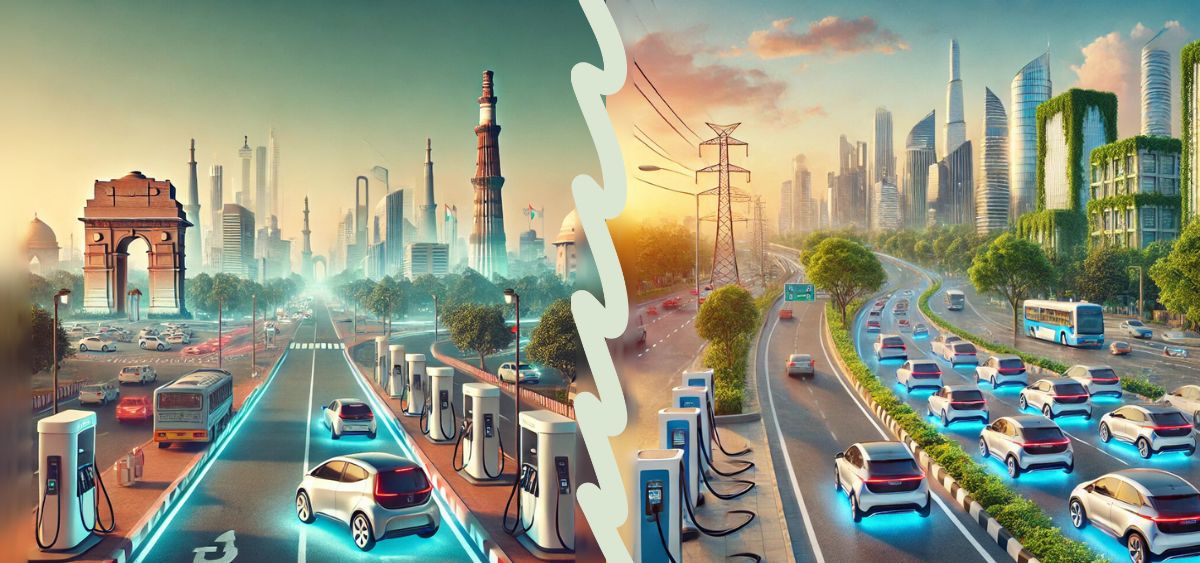The Delhi government is poised to implement a more stringent electric vehicle (EV) policy, aiming to significantly boost the adoption of EVs in the capital. This initiative is part of the draft EV 2.0 policy, which is awaiting cabinet approval and is expected to come into effect from April 1, following the expiration of the current EV policy on March 31.
Key Provisions of the Draft EV 2.0 Policy:
-
Mandatory EV Purchase for Third Vehicles:
- Households purchasing a third four-wheeler will be required to opt for an electric vehicle.
-
Phasing Out Fossil Fuel Three-Wheelers:
- Starting August, the registration of non-electric passenger and carrier three-wheelers will cease.
- Autorickshaws older than 10 years must be replaced or retrofitted with electric alternatives.
- Permits for CNG autorickshaws will not be renewed post-August; instead, they will be substituted or reissued as e-auto permits.
-
Electrification of Civic Agency Fleets:
- Agencies like the Municipal Corporation of Delhi (MCD) and Delhi Jal Board (DJB) are mandated to achieve 100% EV transition by 2027.
-
Expansion of Charging Infrastructure:
- Plans include establishing 13,200 new EV charging stations, ensuring a charging facility is available every 5 kilometers across the city.
-
Ambitious EV Registration Targets:
- The policy aims for 95% of new vehicle registrations in Delhi to be electric by 2027, increasing to 98% by 2030. The previous target of 25% new EV registrations by 2024 was not met, with current figures at 13-14%.
National Context and Challenges:
India’s national goal is for EVs to constitute 30% of new car sales by 2030. However, as of last month, EVs account for only 2% of the market share. Challenges hindering EV adoption include concerns about battery life, inadequate charging infrastructure, and range anxiety among consumers.
The central government has introduced policies to incentivize EV production, such as reduced customs duties for imported parts. Despite these efforts, the limited infrastructure deters buyers, creating a cyclical problem where low sales dissuade further investment in charging facilities. Indian consumers are adopting a wait-and-see attitude, emphasizing the need for improved infrastructure to support the government’s manufacturing incentives.
Conclusion:
Delhi’s proposed EV 2.0 policy represents a significant step towards sustainable urban mobility. By mandating electric vehicles for third-car buyers, phasing out fossil fuel-dependent public transport, and enhancing charging infrastructure, the policy aims to position Delhi as a leader in EV adoption. However, achieving these ambitious targets will require addressing existing challenges, particularly in expanding and maintaining the necessary infrastructure to support a growing number of EVs on the road.

